RAISE Project (Stanford Robotics Center Summer Research Program (SRC SRP))
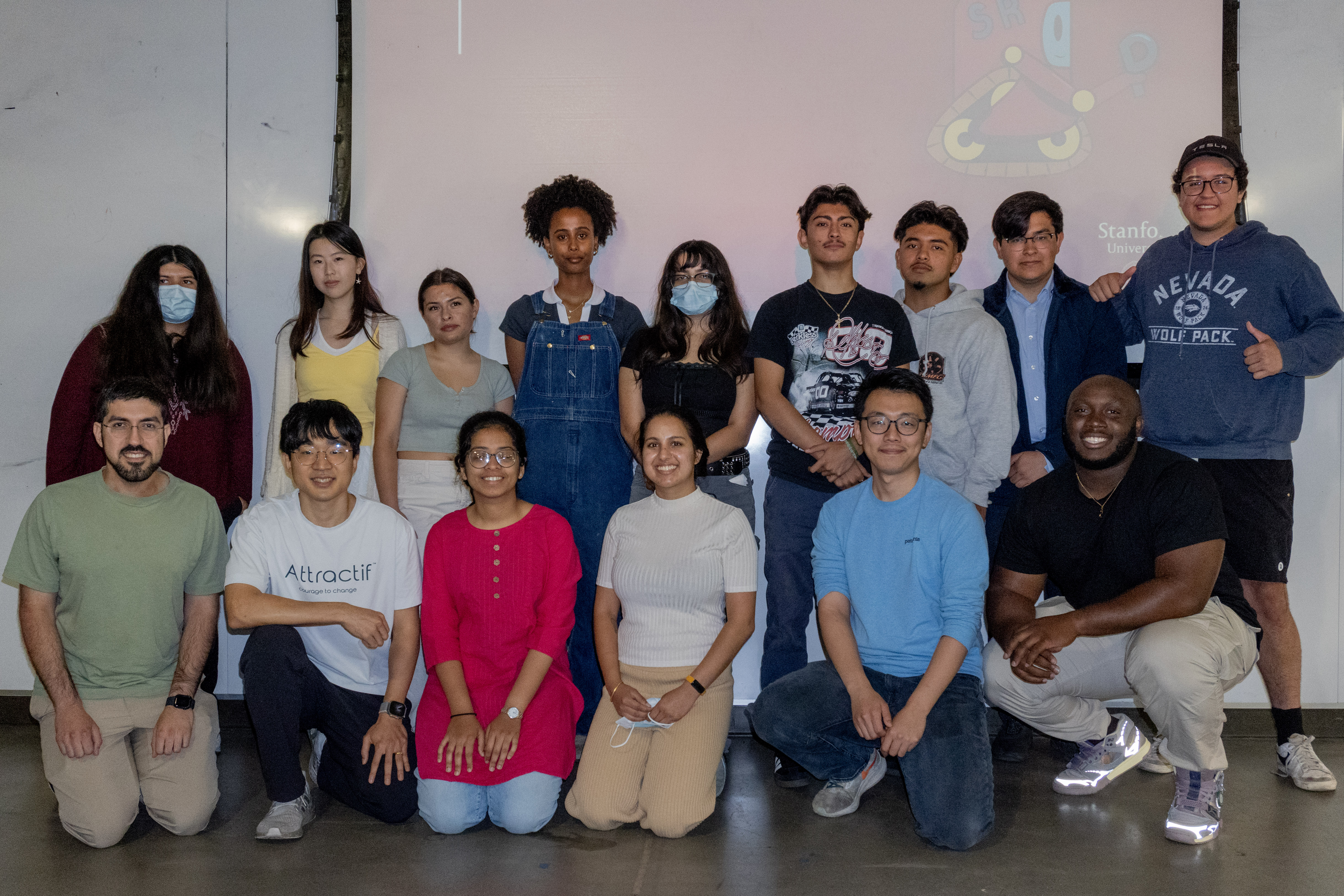
Stanford Robotics Center Summer Research Program (SRC SRP) was a 6 week paid research internship for high school students aged 16 or older interested in Robotics/Engineering. The internship targets first generation, low income, and racially minoritized students with the goal of providing real-world experiences in science and engineering research. Students were assigned research projects in labs associated with the Stanford Robotics Center, paired with a lab mentor to help guide them, and given demos on different projects in the lab. They were also given the opportunity to present their work/learnings at a poster session at the end of the program. I handled every aspect of the program: Fundraising ($26,000), Partnerships with schools and nonprofit organizations, Educational content, Mentor recruitment and training, Student wellness, Program administration and communications.
During the program, students:
- Performed engineering research at a university
- Gained college readiness skills
- Learned design thinking processes
- Learned technical skills associated with the lab research and how to use special equipment and tools in the lab
- Interacted and learned from world-class researchers
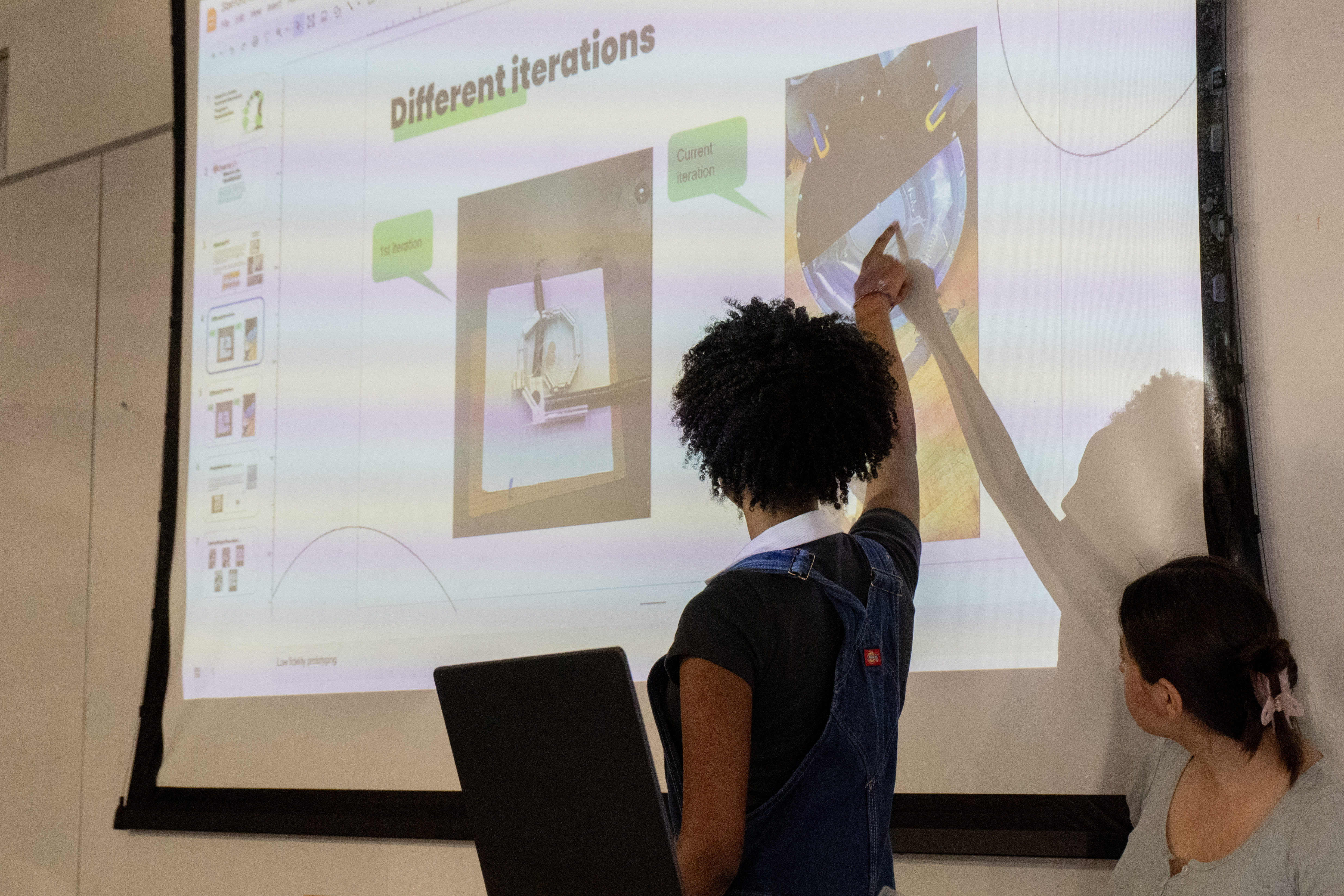
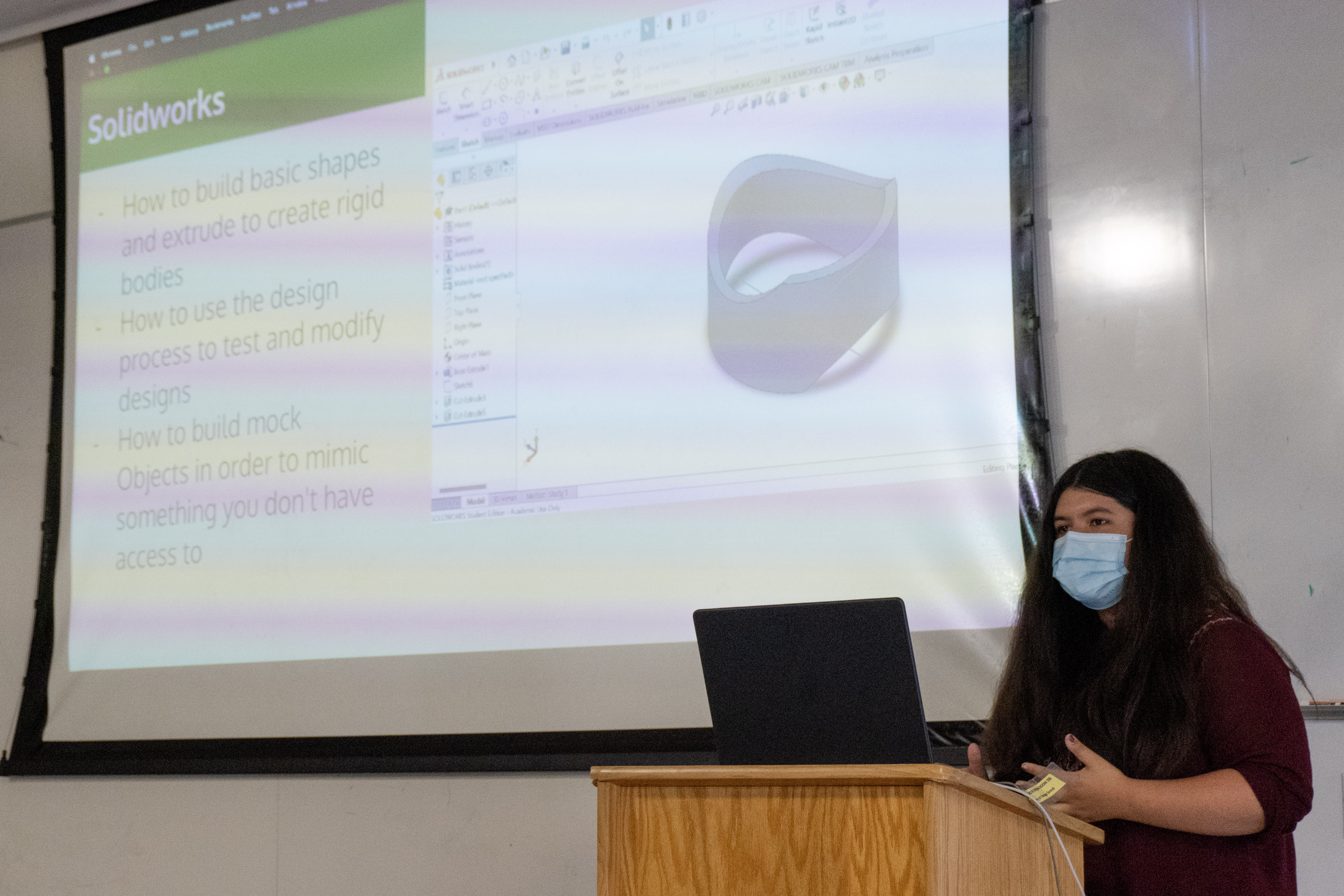
Projects Students Worked on in their assigned labs (Final presentations can be viewed here):
- Design and Fabrication of Vine Robots and Novel Mechanisms for Distal Fixture Attachment
- Characterizing Kirigami Stretchable Sensors
- Modifying Fused Deposition Modeling 3D printers for improved performance
- Assessing the Image Processing Effectiveness of Different Machine Learning Models
- Designing Tactile Attachments for a Wearable Haptics Device
- Implementation of a PID Controller on a Dublin’s 2D Car Model
- Setting Up Protective Zones for Robot Arm
- Investigating Applications of Magnetorheological Fluids to Robotic Manipulator Design
- Comparing Different Methods of Teleoperation for Robotic Arms
Program Workshops:
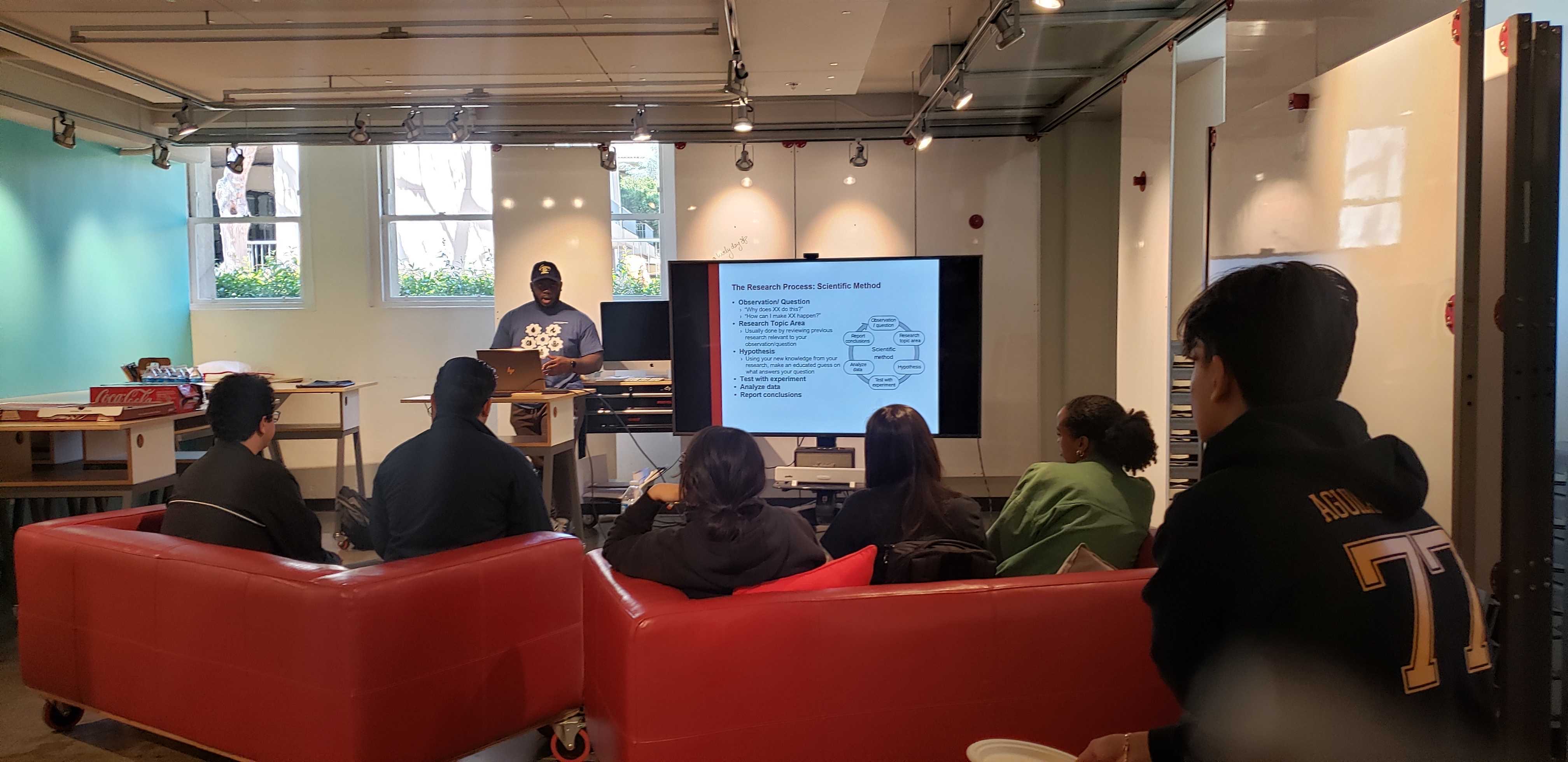
- Research 101
- A review of what research looks like at academic institutions
- Administered by: Godson Osele, Mechanical Engineering PhD Candidate at Stanford University
- A review of what research looks like at academic institutions
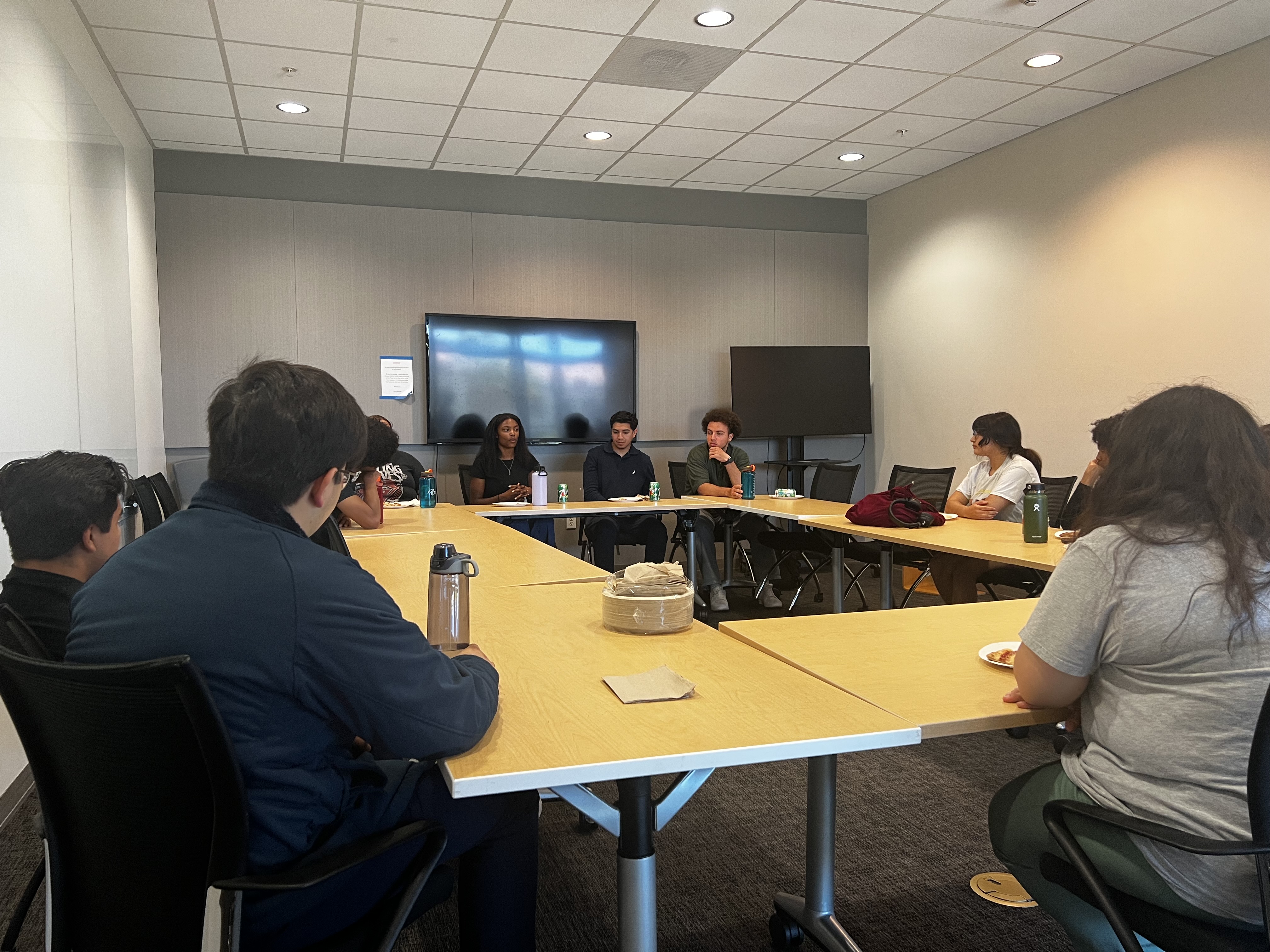
- Undergraduate Student Panel
- Panel consisted of First-Generation and/or Low-Income students attending(studying)
- Howard University, (Chemical Engineering)
- San Francisco State University, (Mechanical Engineering)
- University of California-Los Angeles, (Mechanical Engineering)
- University of Colorado-Denver, (Mechanical Engineering)
- Stanford University, (Mechanical Engineering)
- Panel consisted of First-Generation and/or Low-Income students attending(studying)
- Industry Panel
- Panel consisted of First-Generation and/or Low-Income individuals with current or previous positions at the following companies
- Intuitive Surgical
- Auris, a J&J Company
- GoogleX
- Jet Propulsion Laboratories
- GE Healthcare
- Panel consisted of First-Generation and/or Low-Income individuals with current or previous positions at the following companies
- Research Flash Talks
- Current Stanford Graduate Students presented 10 minute talks on their research. Topics are listed below
- Bi-Manual Manipulation
- Path planning for robots on Mars
- Combining LiDAR, vision and GNSS sensors for Global Positioning
- Current Stanford Graduate Students presented 10 minute talks on their research. Topics are listed below
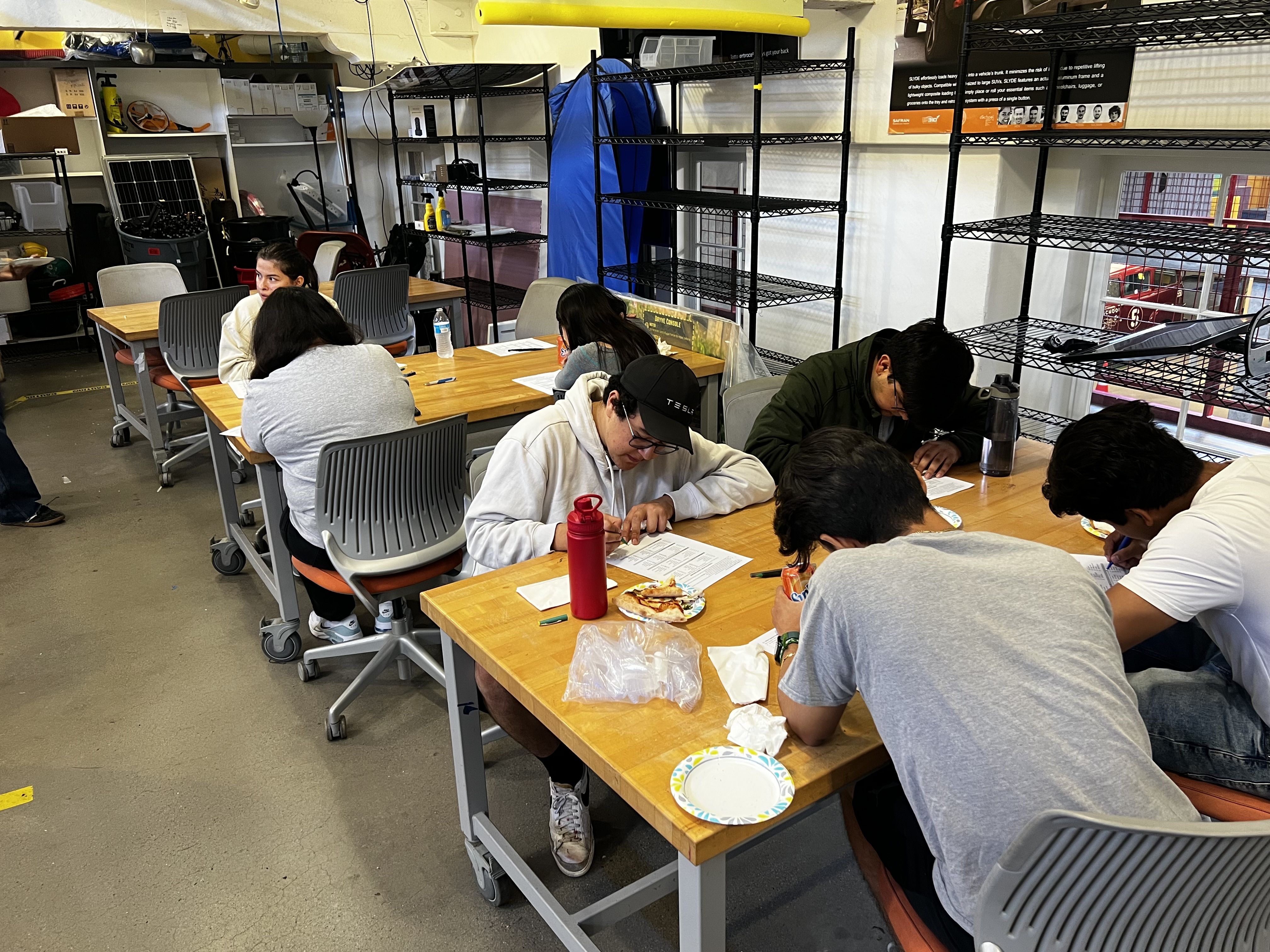
- Design Thinking Fundamentals
- Stanford Mechanical Engineering Professor, Mark Cutkosky, delivered a workshop going over the basics of Design Thinking as taught by the Design School at Stanford University
- Graduate Student Panel
- Panel consisted of First-Generation and/or Low-Income Stanford PhD students attending(studying)
- Chemical Engineering
- Mechanical Engineering
- Environmental Engineering
- Management Sciences and Engineering
- Panel consisted of First-Generation and/or Low-Income Stanford PhD students attending(studying)
Aggregate of Skills Learned Across All The Students:
- CAD Modeling (Fusion 360, SolidWorks, OnShape)
- Utilizing 3D Printers
- Utilizing Laser Cutter
- Reading through research papers effectively
- How Soft robotic structures function
- How Magnetorheological fluids function
- Motion Capture
- Dynamic Modeling
- Application of Origami to Robotics
- Designing Soft Robots
- Soldering
- Ultrasonic welding
- Machine Learning
- Creating Graphical User Interfaces
- Experiment Design
- Strategies for Navigating Academia